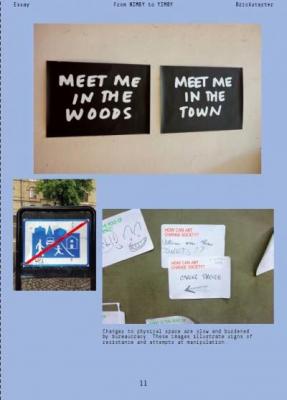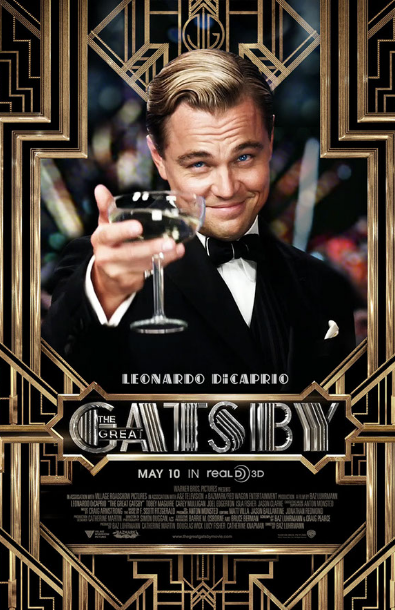By SCOTT GEIGER

“We talk about Brickstarter as if it already exists because we are sure it will in a few years time.”
I was excited to see +Pool return this month for a second session of crowdfunding on Kickstarter.
By SCOTT GEIGER

“We talk about Brickstarter as if it already exists because we are sure it will in a few years time.”
I was excited to see +Pool return this month for a second session of crowdfunding on Kickstarter.
These were not snapshots, but motion pictures – hence, “movies.” Or rather, they were “talkies” – sound happened too. And through editing there were unions and disunions of movement and sound, the building of story, of character. In the span of seven weeks I watched three.
Things we experience in close proximity in time come to bear on each other, bridge the gaps between them. Persons in close proximity attempt a similar bridging.
The first movie was a drama, imagined from the ground up. The other two were documentaries crafted from ongoing lives. Each brought a unique document of a couple-at-home to the screen in my home.
I know the Chinatown, New York, of long ago from my parents. My grandfather, like a grand impresario, hosted their wedding reception there. They were married on September 19, 1959, and he personally invited everyone to the reception, stopping by at the Gee, Lai, and Gong family association buildings, which was where men gathered to consolidate finances and dictate business decisions, and where women met to socialize. Once invited to the reception, you could bring any number of family, but it was a matter of honor not to overstep the generosity of the invitation. I should add that the reception lasted for three consecutive nights.
By SAHIBA GILL
1.
When I read the list of companies who owned the now-ruined clothing factory in Dhaka, Bangladesh—New Wave Bottoms, New Wave Style, Ether Tex, Phantom Tec—I thought about my walks in Abu Dhabi, which have been driven from the start by following the bright spool of electric shop names wrapping around each block. It’s not so much the city lights that pull me out there as their measurement of my distance from home, conveyed not in watts but in the degree of mistranslation.
By JOHN MCNALLY
In the summer of 1975, in the southwest Chicago suburb of Burbank, my parents finally became homeowners when they bought a condominium unit in a brand-new development comprised of eight buildings. The cost: $25,000. First, however, we had to break our apartment lease and move out in the middle of the night. I was nine years old, carrying my toys down the stairs to my father’s pick-up at three in the morning while everyone else, our friends and enemies, slept soundly. In every apartment building we’d ever lived, we always had friends and we always had enemies, and we never lived in any one place for longer than two years. Things were finally going to be different.
MELODY NIXON interviews SHAWN VESTAL

In this month’s author Q&A, Melody Nixon speaks with Shawn Vestal about childhood, the afterworld, and the “irrevocable lives” we lead in between. Vestal’s short story collection Godforsaken Idaho was published by Little A / New Harvest in April.
*
Melody Nixon (MN): Your collection is named Godforsaken Idaho, and several stories are set in or touch on Northwestern farms. You yourself live in the American West. Has that place shaped your writing?
Shawn Vestal (SV): I think my views are formed in large part by the places I’ve lived and experiences I’ve had, and I’ve lived in the West all my life — Idaho, Montana, Oregon, and now Washington. There is a space and distance to the landscape out here, an ability to escape others or an inability to find others to connect with. The mythos of the West — the self-sufficient, self-defined individual, who doesn’t need others — is a strong part of [my] characters’ own mythologies. Or perhaps just something that feeds their personalities just as it feeds mine.
Movie directed by BAZ LUHRMANN
Reviewed by

F. Scott Fitzgerald’s 1925 The Great Gatsby is a simple story at heart: poor boy meets rich girl and, by dint of superhuman perseverance, transcends his origins only to find out it doesn’t matter because her kind will never accept him anyway. This slender novel has become shorthand for the Zeitgeist of the Twenties. Its language is flowery, even hothouse, Fitzgerald’s voice lush. Yet, using a detached character as narrator, Fitzgerald knits atmosphere, recurring objects, patterns, and themes into an iconic drama about the ringing failure of the American dream and a contender for The Great American Novel. Australian director Baz Luhrmann’s new adaptation of Gatsby is the third major film version and, though this Gatsby is a fun ride, its emphasis on spectacle muddies Fitzgerald’s masterpiece.
At the threshold of summer, the sunglasses are on. Running in blue-sky mode, I’ve been talking up some ideas for multiplying the writing workshop times the architecture studio. Their product would be a format for storytelling across media, an alignment of complimentary strengths really well suited to engage the built environment.
Electric Literature covers The Common in the City 2013.
1.
In the fall of 1960, an exclusive group of writers and thinkers gathered in Paris to officially launch a new way of approaching both the study and creation of literature. This gathering—which would become “a kind of literary supper club . . . a hallowed echo chamber for investigations of poetic form and narrative constraint and the mathematics of wordplay,” as Daniel Levin Becker describes it in his book Many Subtle Channels—called itself Ouvroir de littérature potentielle (Workshop of Potential Literature), or Oulipo. According to co-founder Raymond Queneau, the workshop would explore “new forms and structures that may be used by writers in any way they see fit.” Becker, who is currently one of 20 living members of the still-active workshop (there are 38 total members, living and dead), was elected to the Oulipo in 2008 and describes the workshop a bit more specifically: